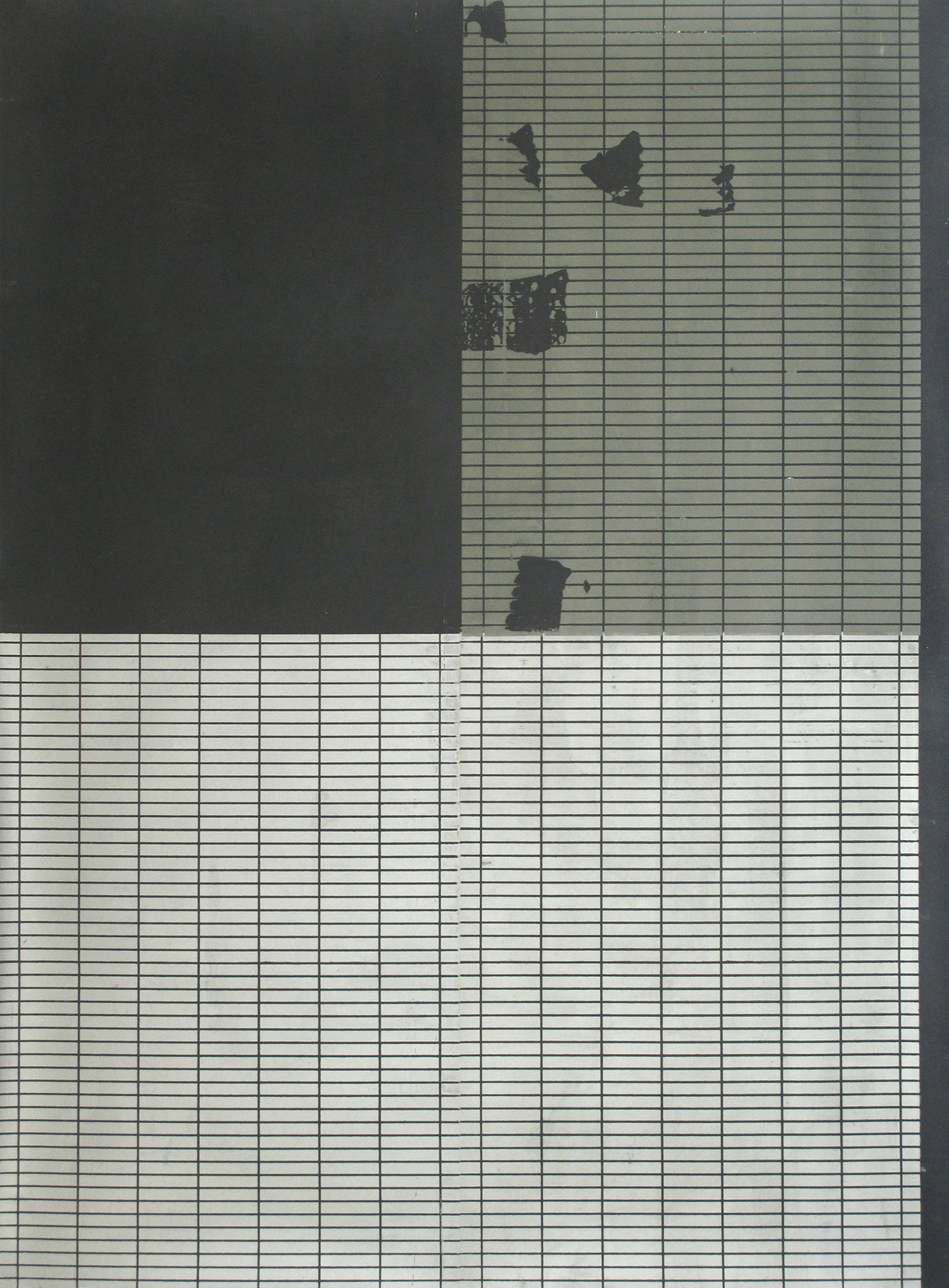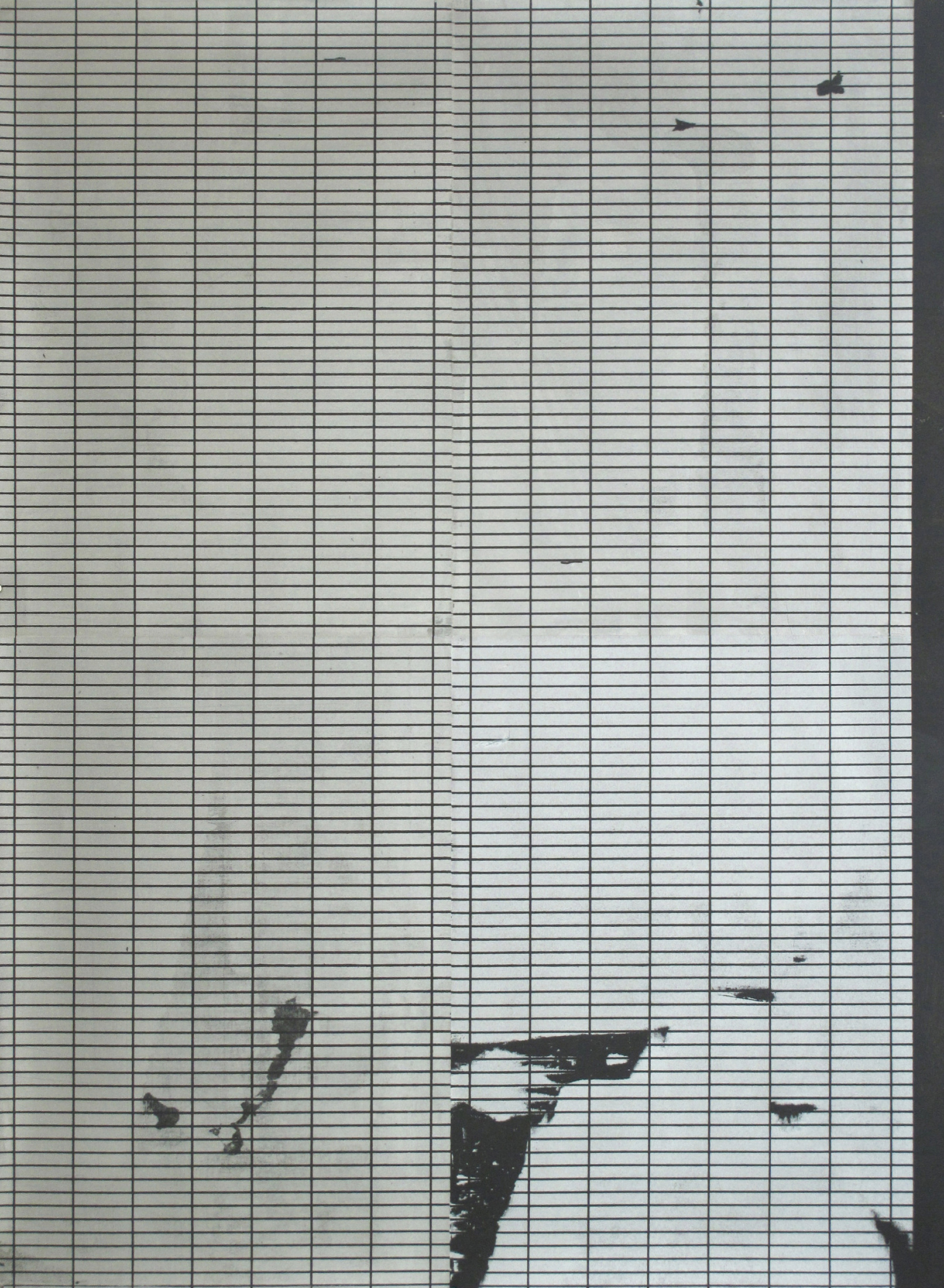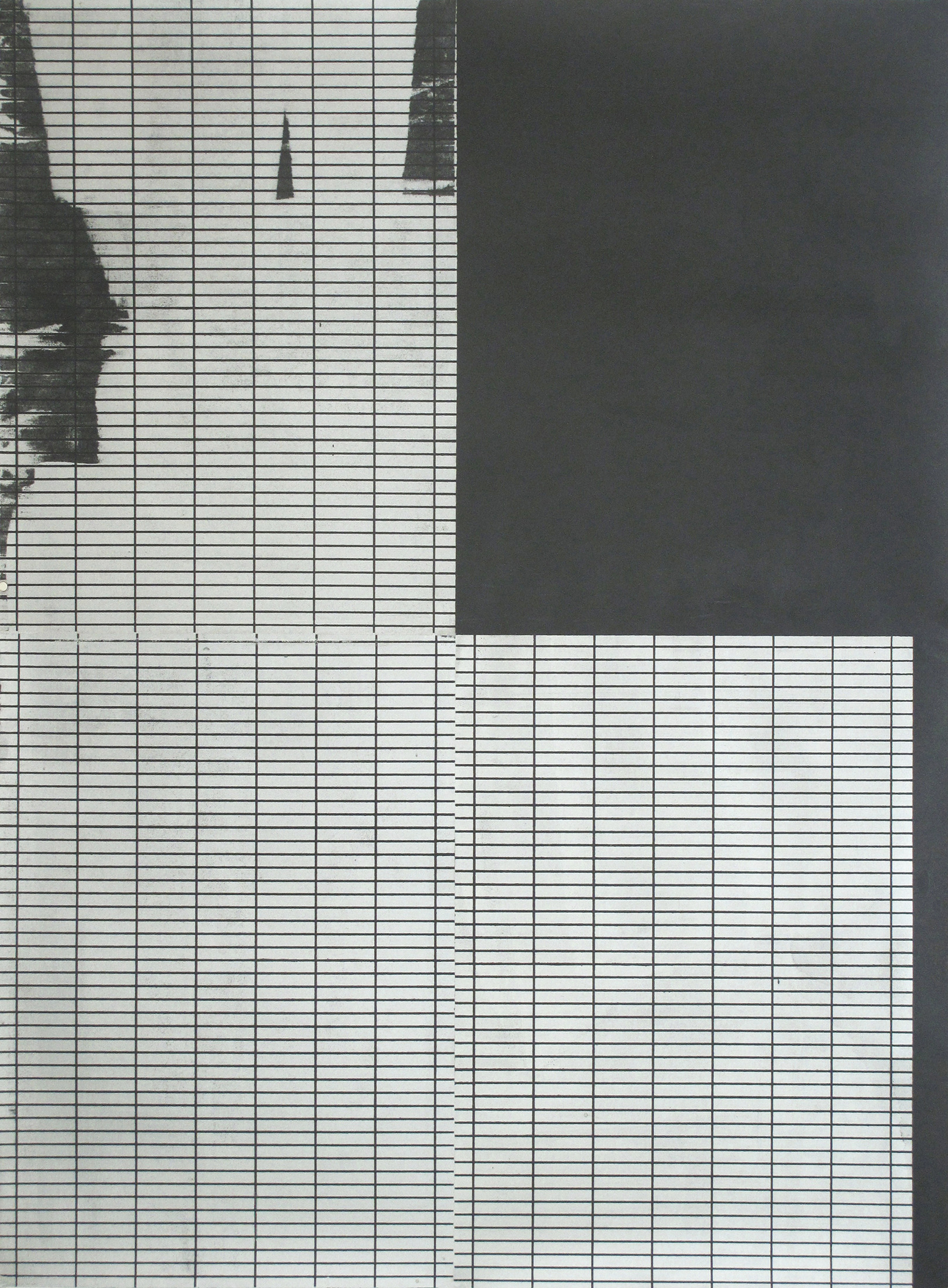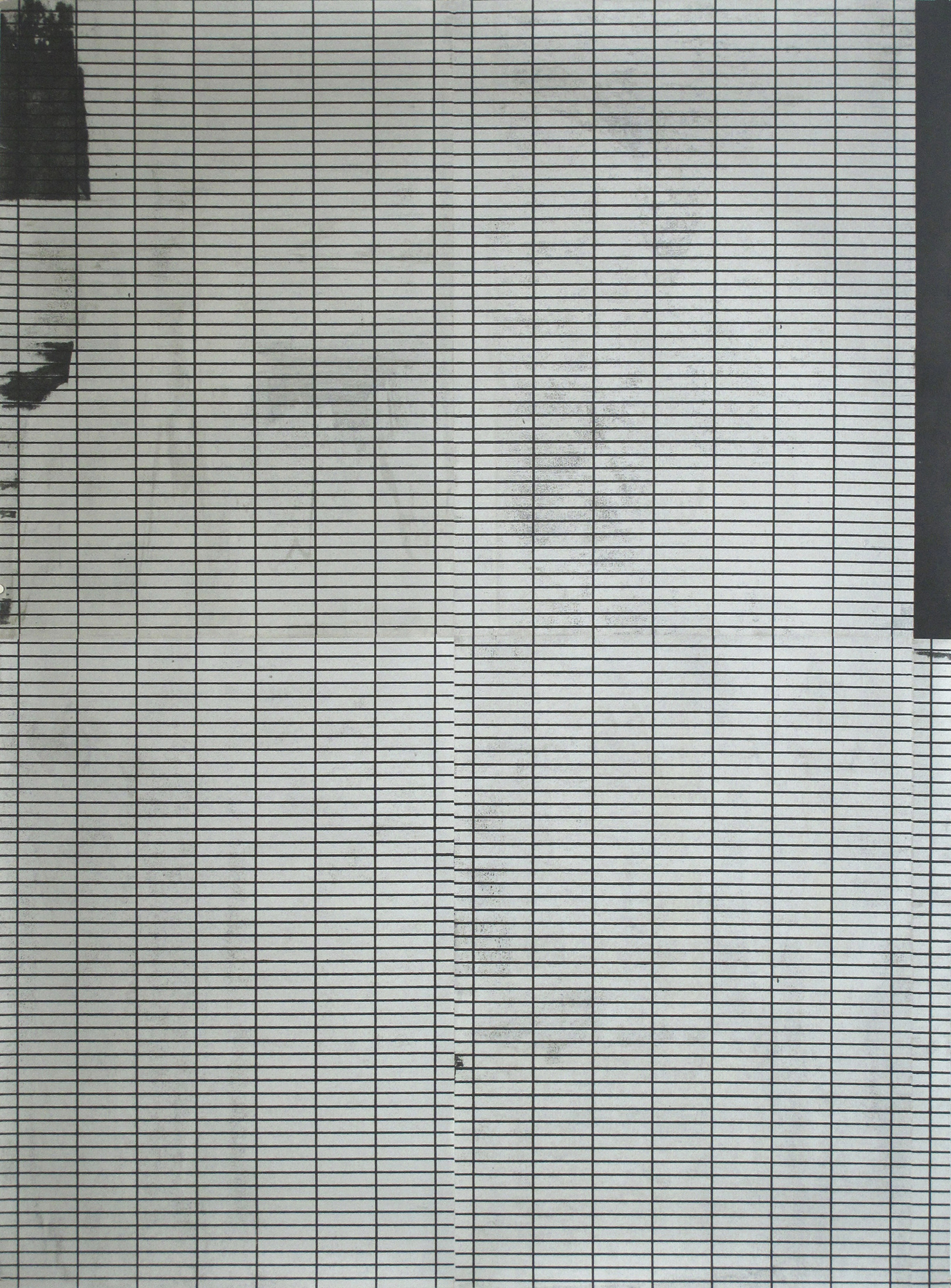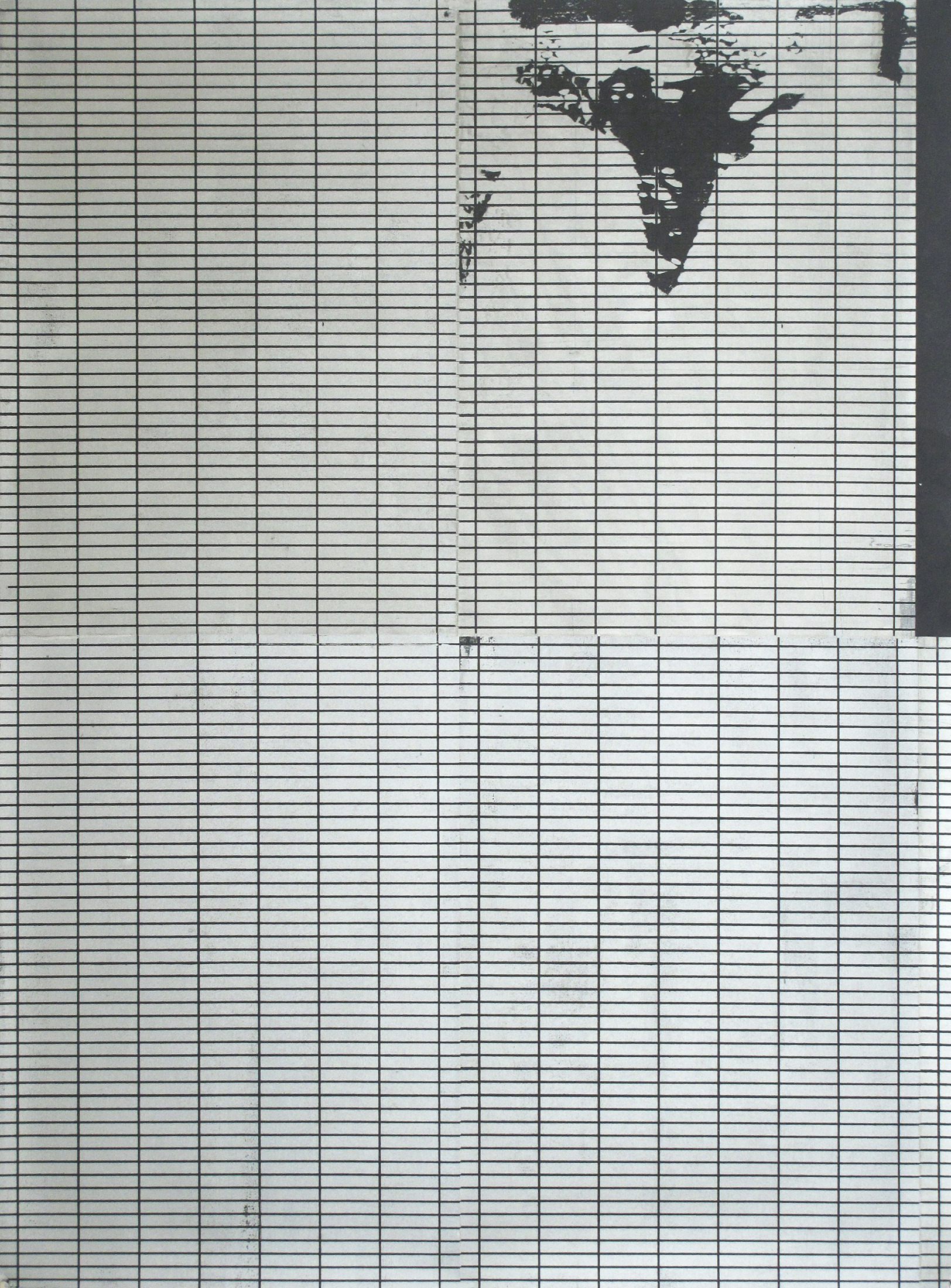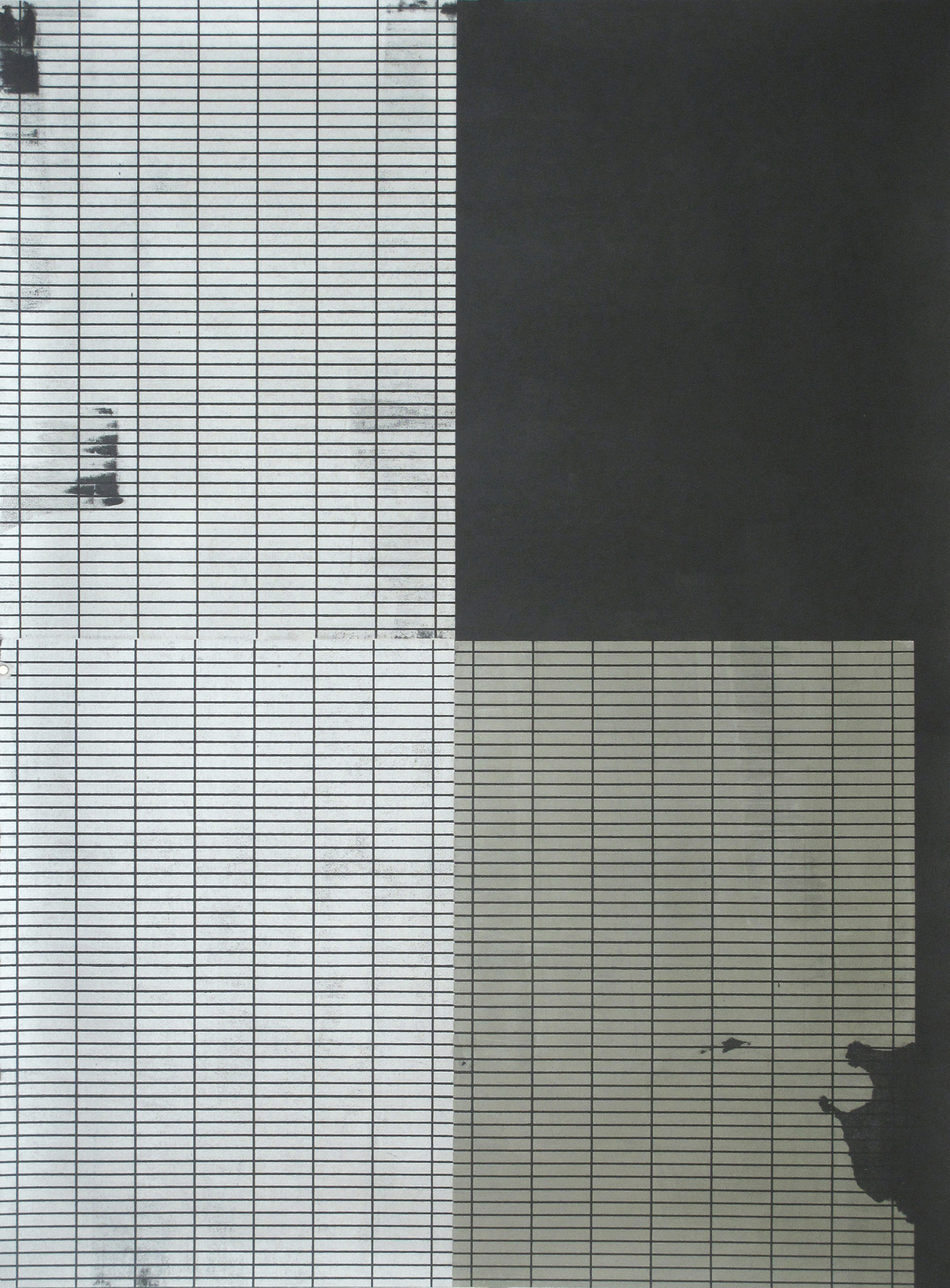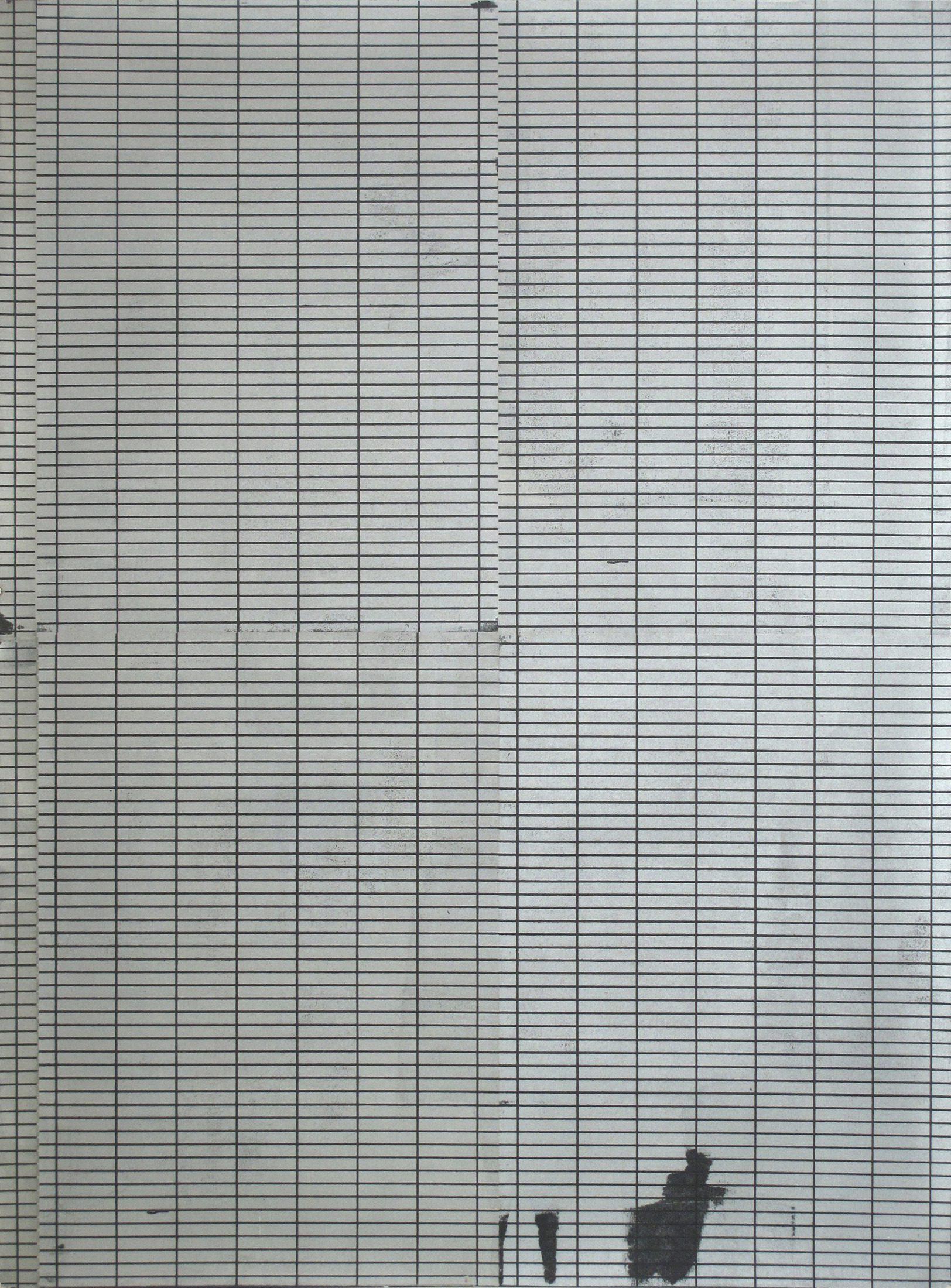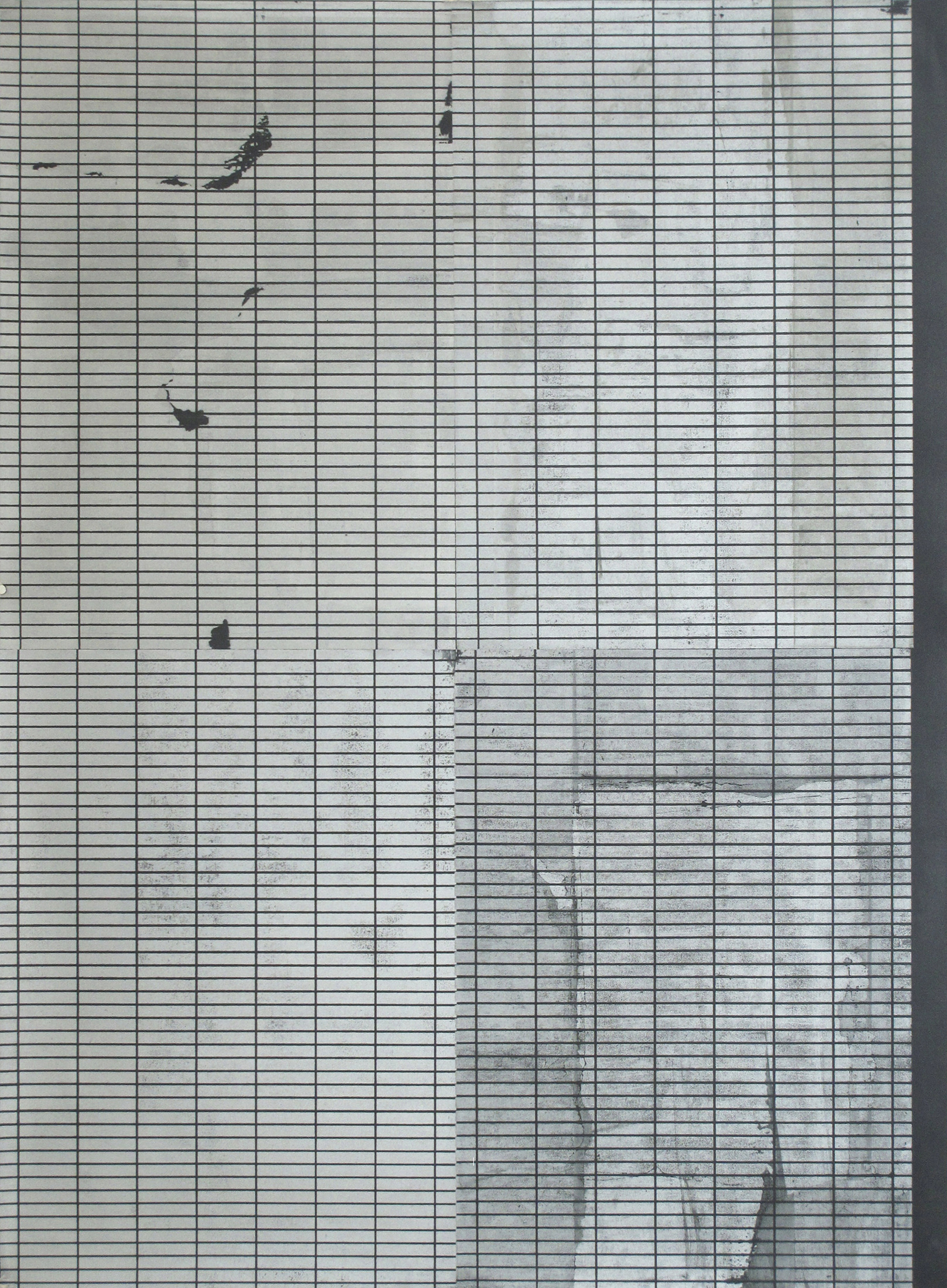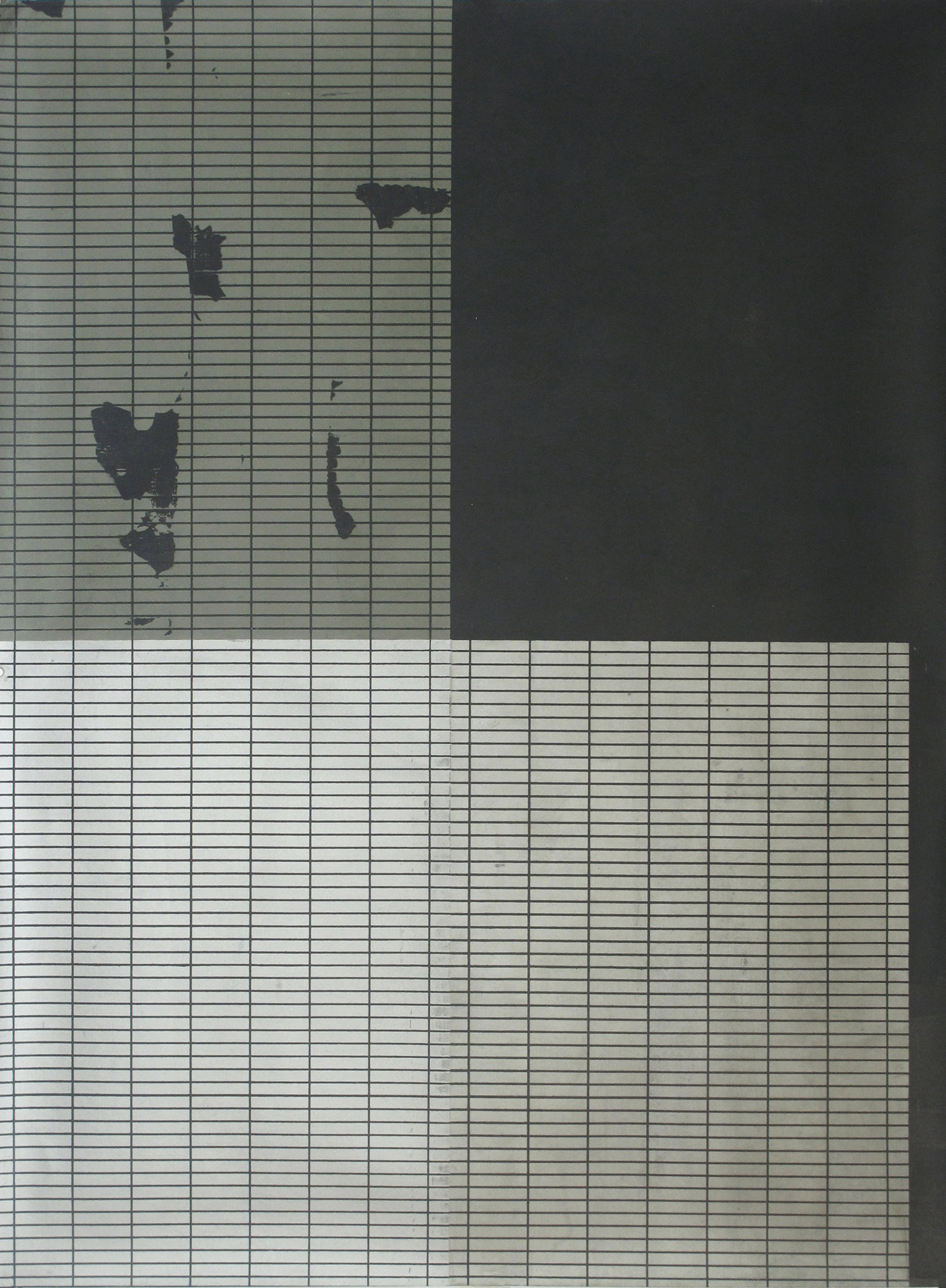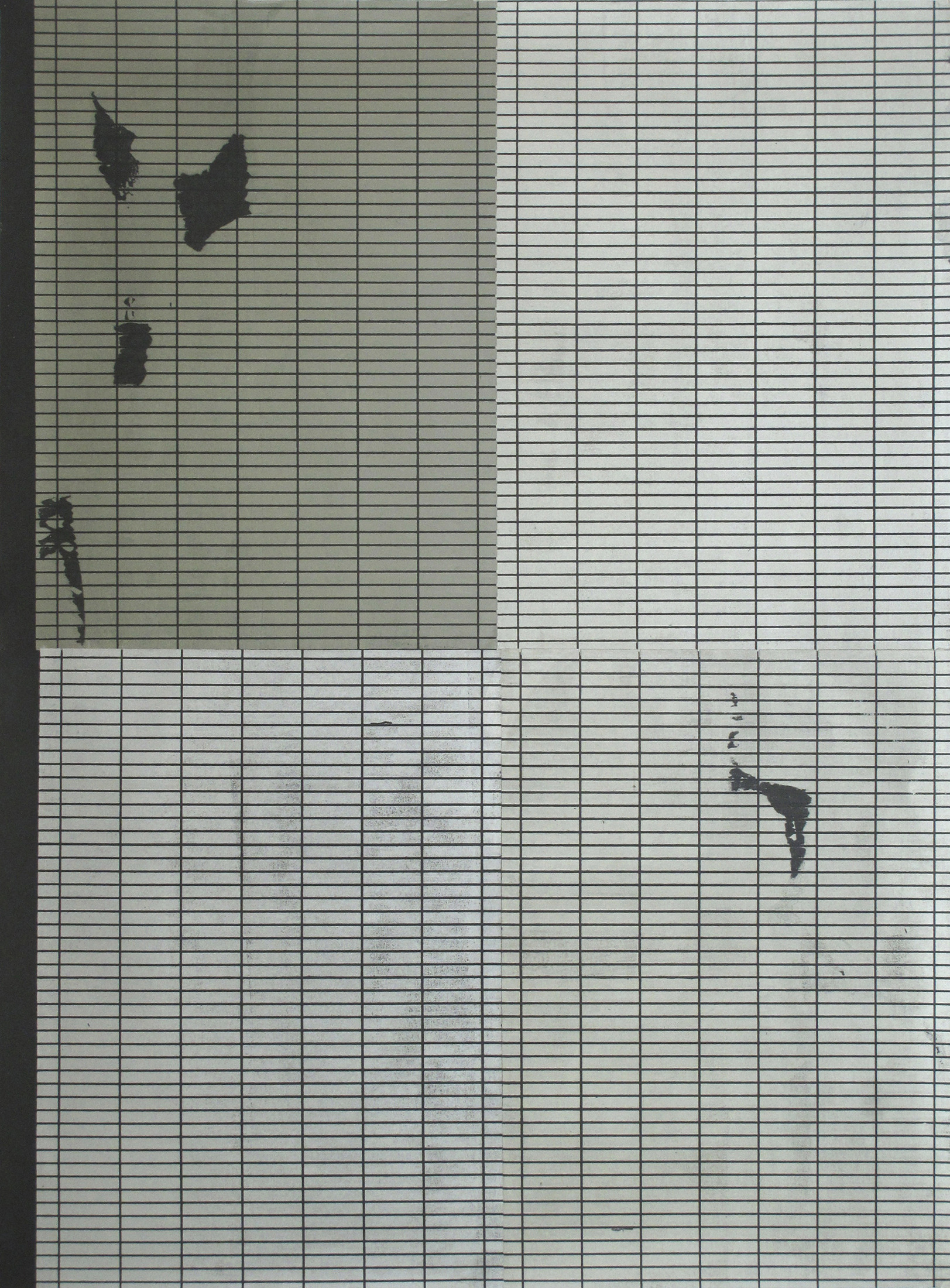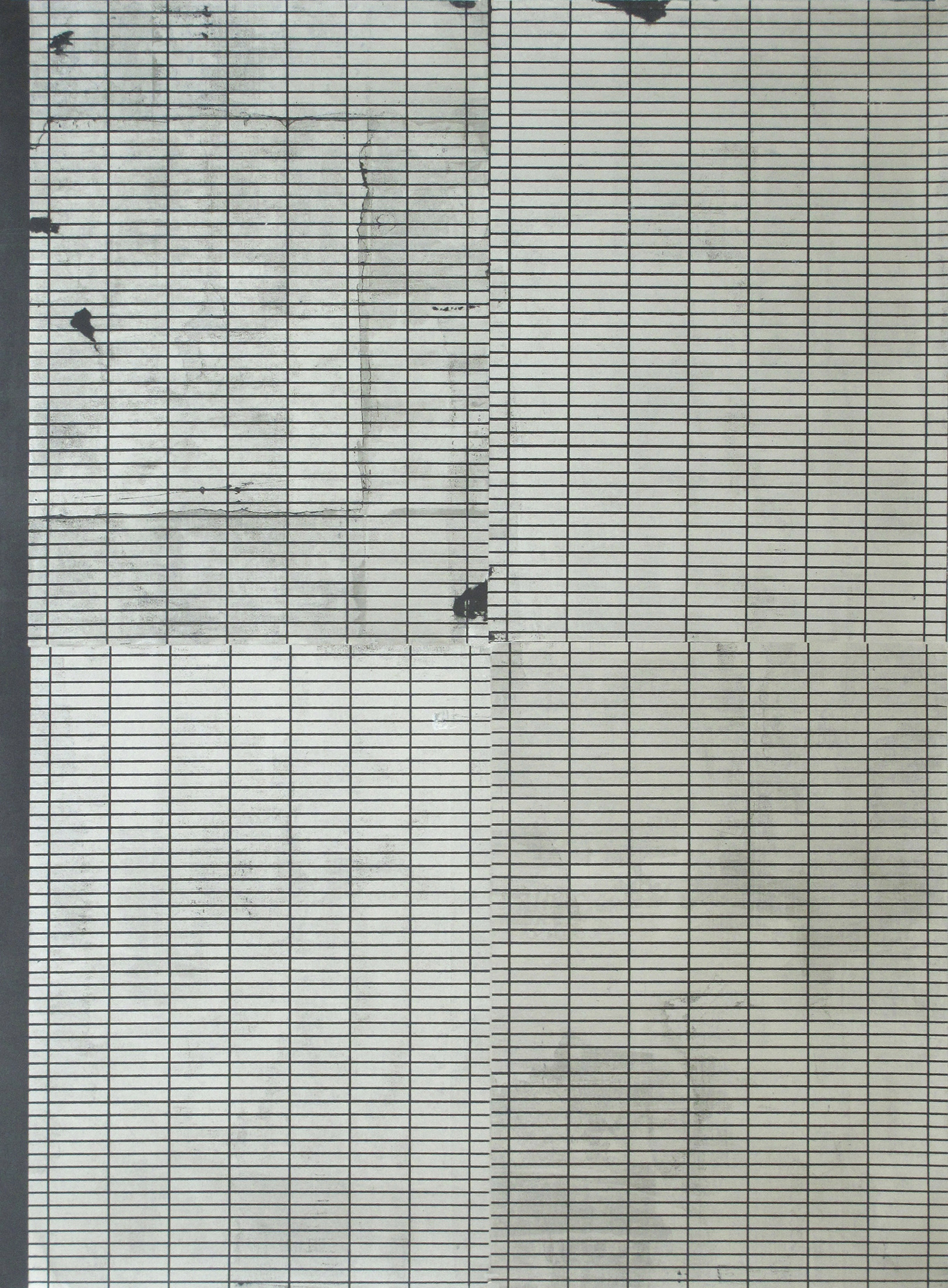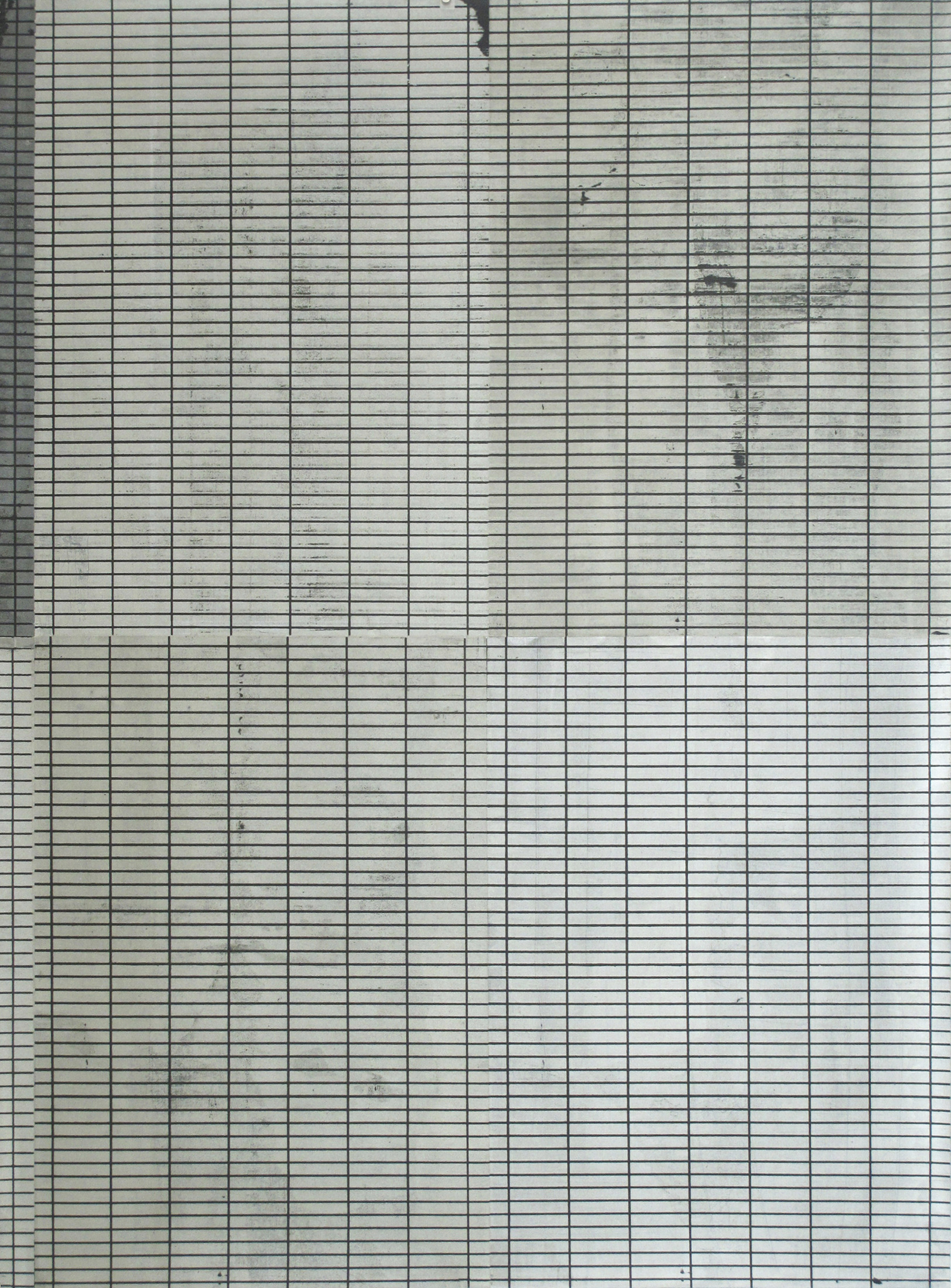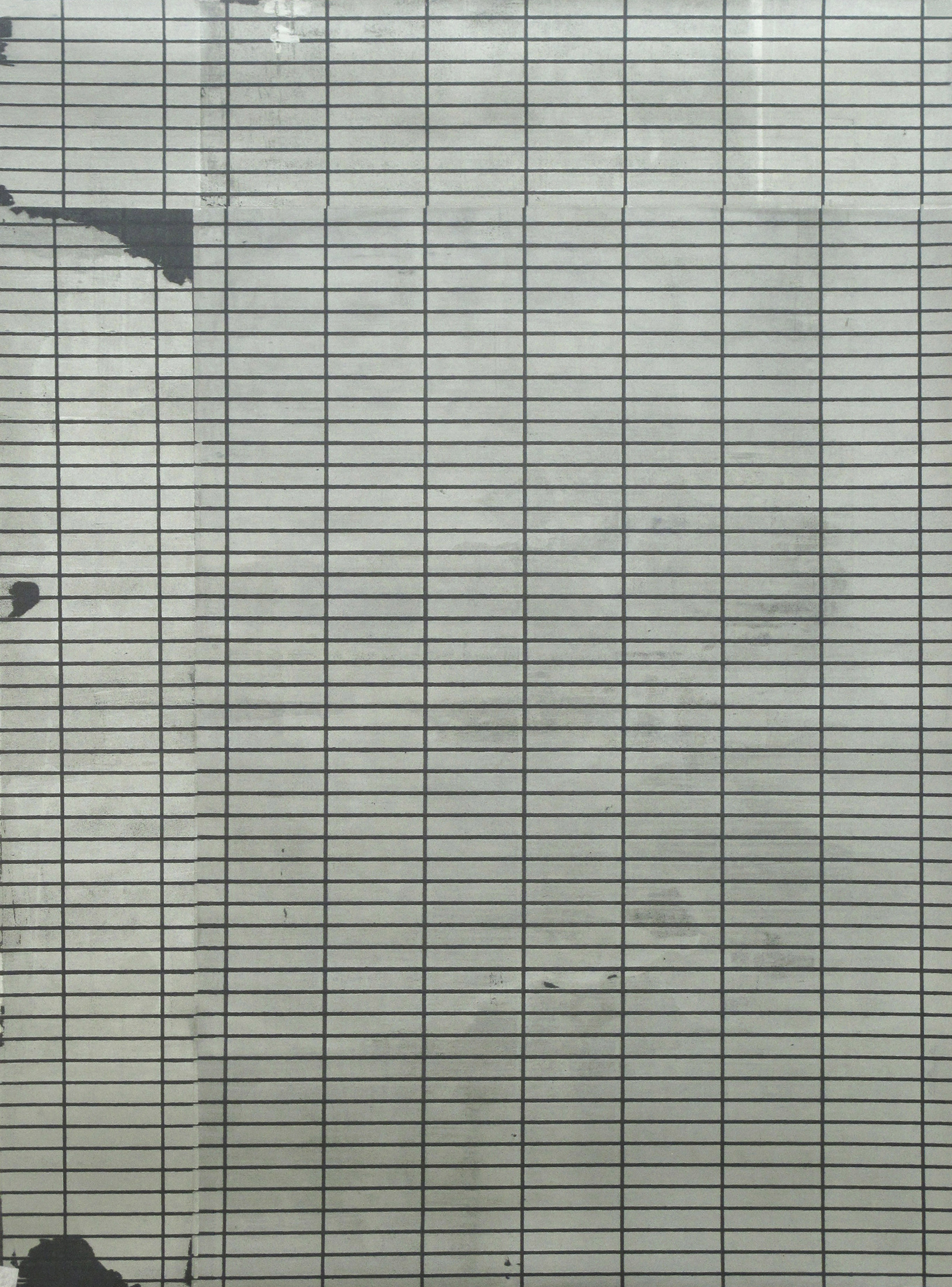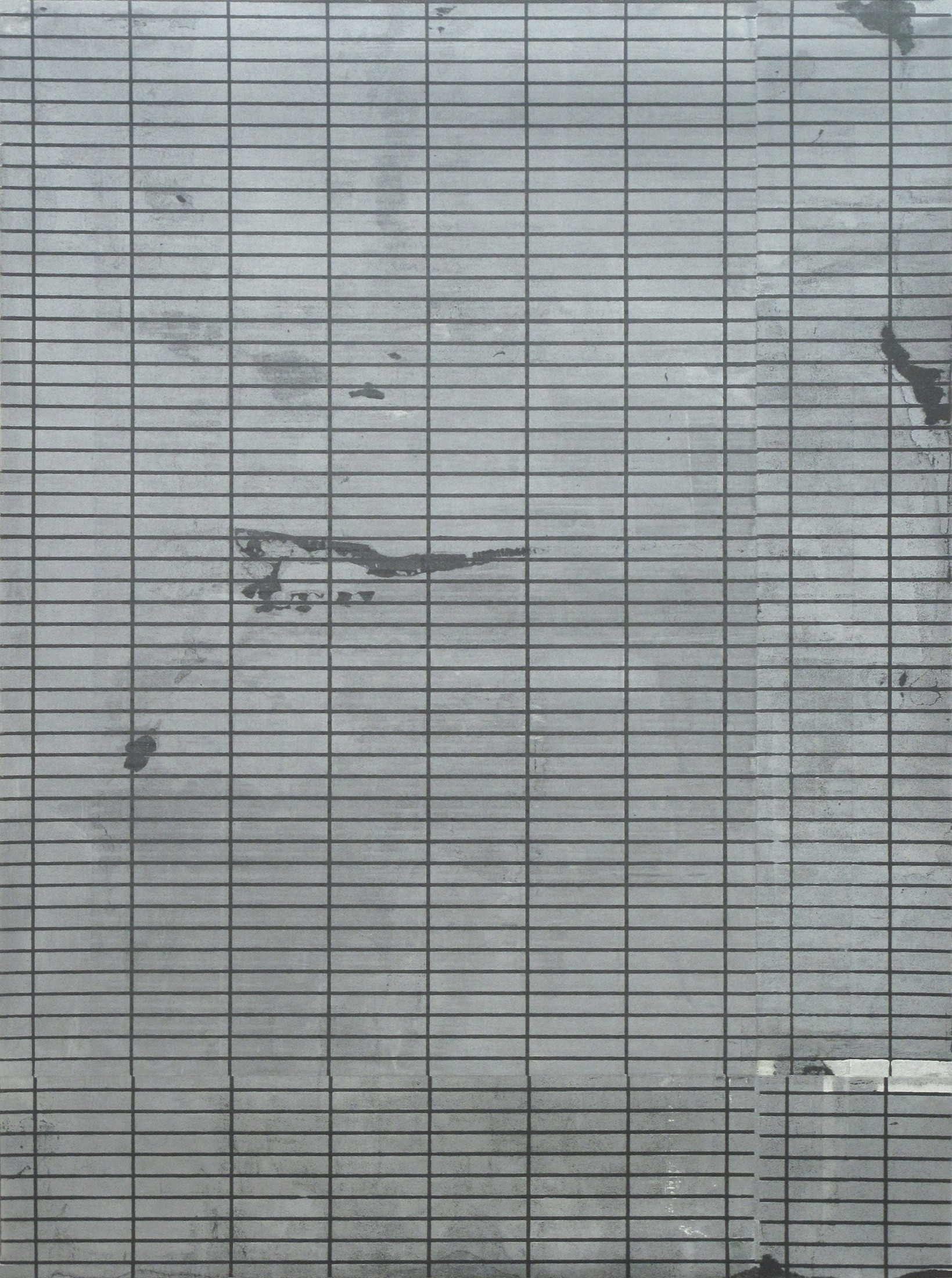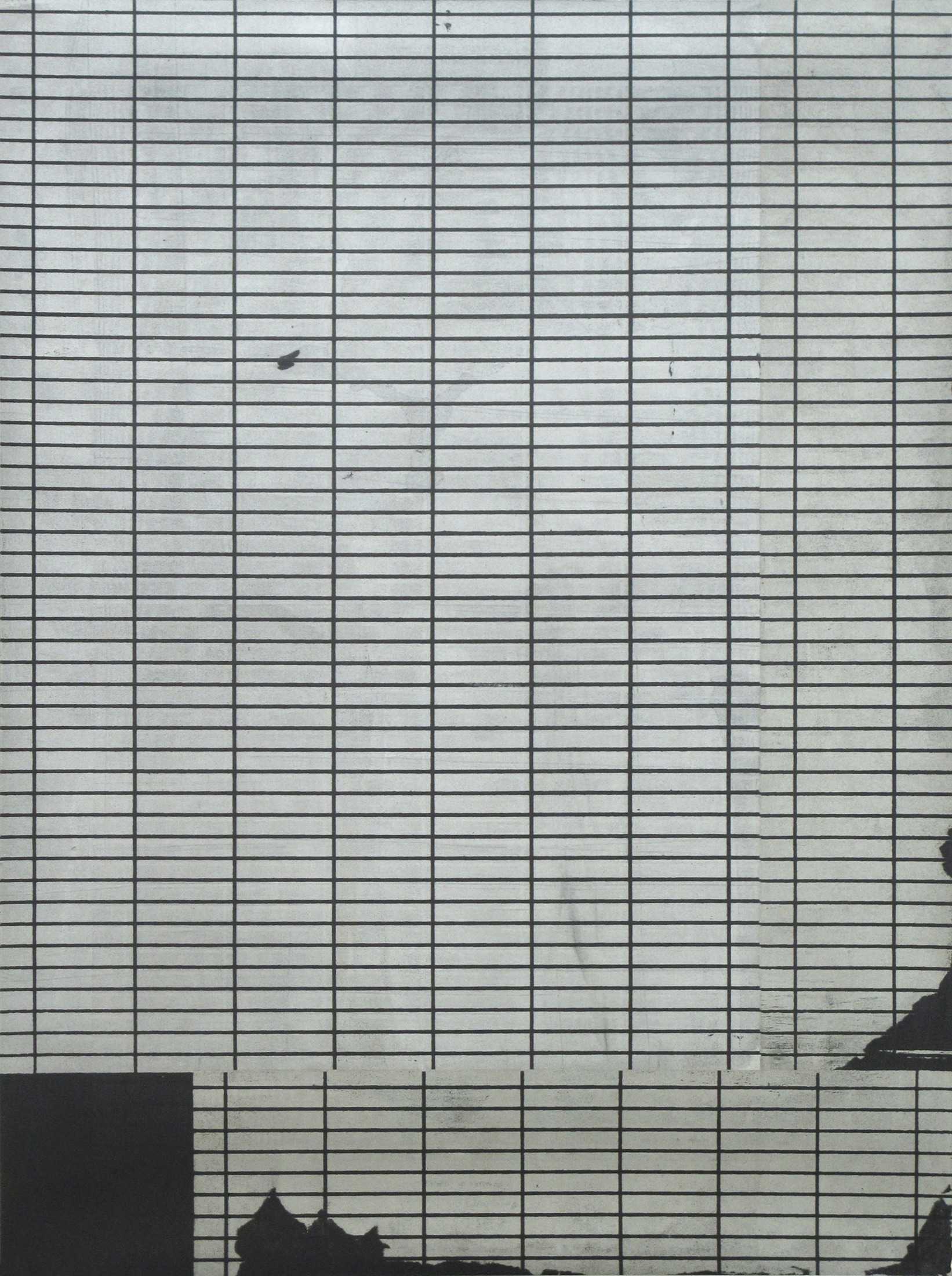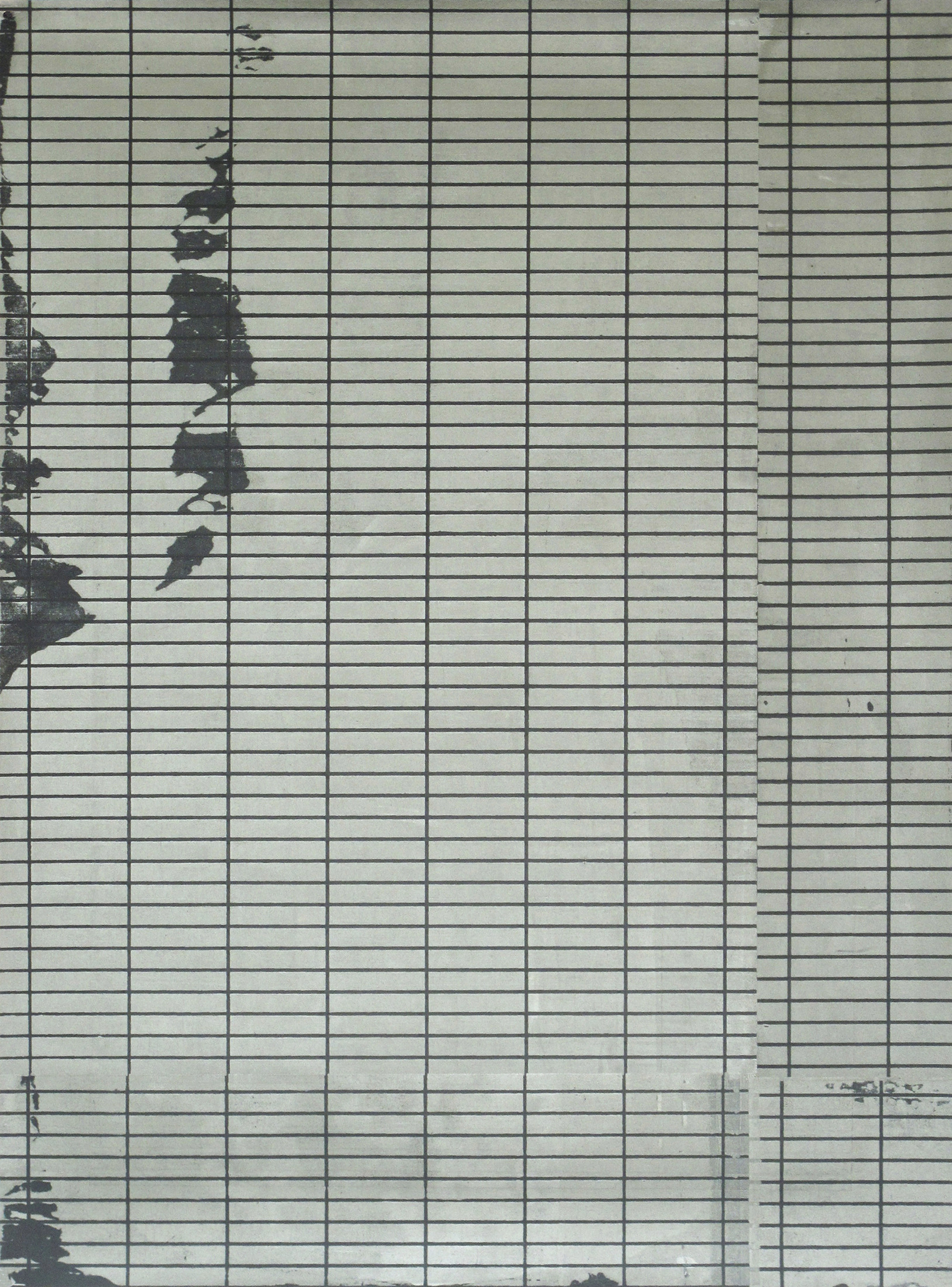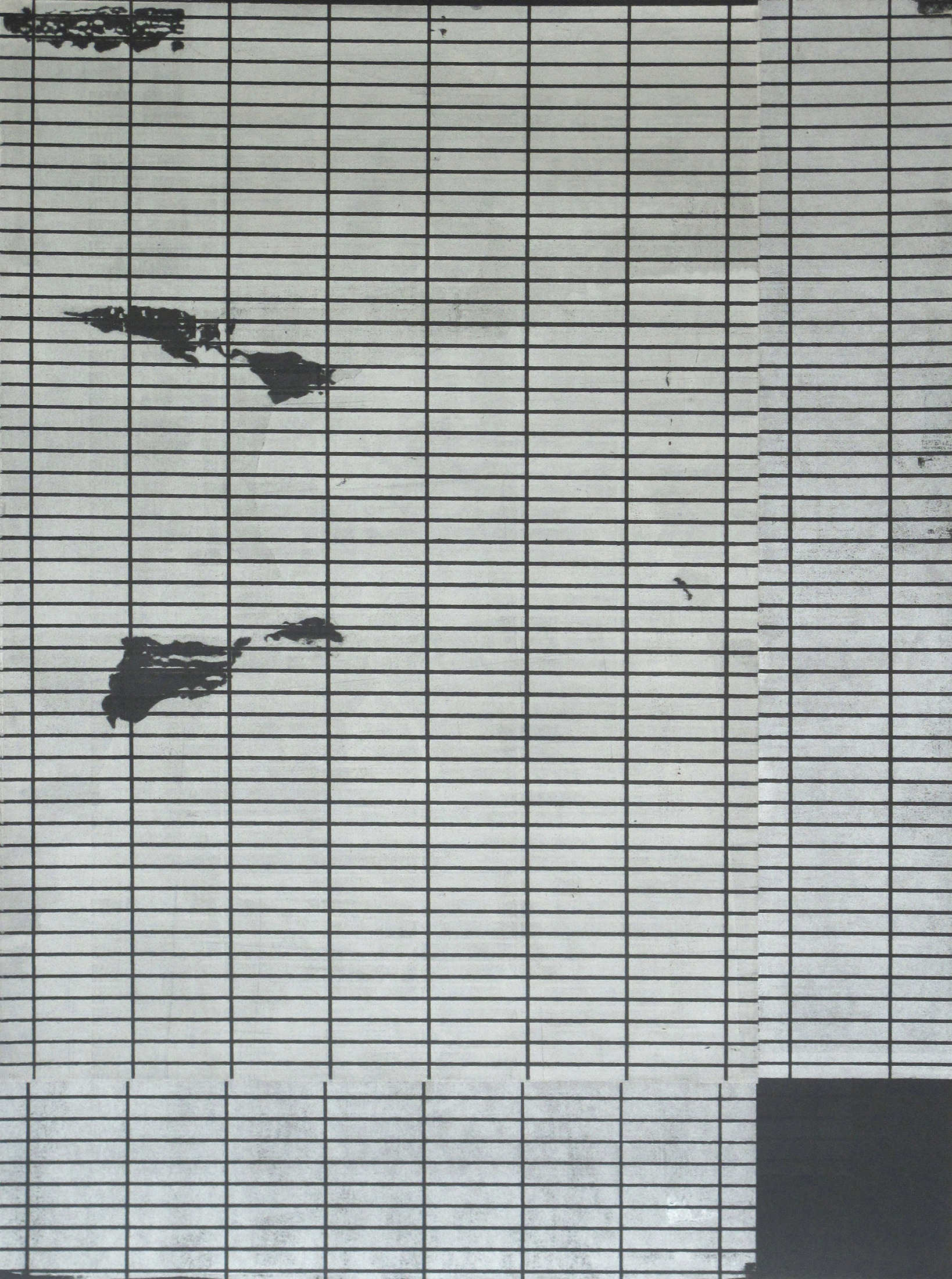
Maria Taniguchi
Maria Taniguchi
Silverlens, Manila
About
Suddenly the screen goes blank.
To position Maria Taniguchi’s News, it is necessary to look into the centrality of the image in any conversation about art. WJT Mitchell writes in his essay, on “Word and Image” that visual image is key in the study of art history. Image has always been crucial to art’s ability to achieve emotive responses from its viewer. Familiarity with images and their construction allows us to enter into the language of the image and discern its various meanings.
The moving image is one the most pervasive languages of this century. Our access to images across the Internet, television, even that of paper-based material, offers a cacophony of visual noise. If seen from an eyrie, images become ramblings. Still images are said to be closed images, as evidenced in photography. Conversations are stilled, the link to its referents are strong, as compared to that of painting. The photographic image is fixed and unmoveable, a ‘freeze frame,” sometimes lifted from a continuous film, or a standalone. In film, or in the current practice of video, the move from one frozen image to another allows for the seamless move from frame to frame.
But what occurs between frames? When the movement is silent, when the pause in between is simply compressed into a single trembling line? Taniguchi unmasks the striation and reveals its hairline existence. Taniguchi’s News, a blip of an interruption, reveals and explores this slit. Precise rectangles shadow the characteristic framing of video. Burnished silver, copper and gold, the colours even echo the physical material of film’s silver gelatine. The refinement of Taniguchi’s pieces is, however, marred by the stains of decay, not unlike the deterioration that one finds on old film stocks. The marks are found on the edges of each piece, marring the image’s possible perfection. Each one creates a tear; a hole poked through a perfectly taut window screen. In between the desired clean edition of the video, glitches, the sudden white noise and the annoying static/snow interrupt the visual narrative presented to us. Taniguchi punctuates her work to allow for these sudden imperfections. She surprises.
Much like the decomposition of film, the works imply accidental smears. What should, or could have been precise, even perfect in our reckoning, is no longer flawless. None of the images in the series read evenly, our entry into the momentary interruption lead to disappointment.
Even the slightest of defects are contrary to Taniguchi’s precision in fashioning images in her art practice. Happenstance, however, has always been present in her work, this through her initial interest when using the internet as subject. Her use of the meme— moving across unrelated topics allows the instance of the accidental to be possible, if not the practice itself.
Static or white snow is a combination of different frequencies of sound that create visual noise, it runs on its own as background. Taniguchi’s News freezes and generates an aspect of video that is not image based. She grabs the moment. The intertwined aspects of photography and vise versa, no longer applies. There is no image and there is no narrative, there is only a grab and a capture. The stillness of a frame. This choice of subject matter sustains the artist’s interest in relationships among images and appreciates the unrecognised points that hinge these together. News ultimately demonstrates this juncture recovering it from the in-between of the moving image, and before it stills itself into a photograph.
As quickly, the image comes on.
Words by Joselina Cruz
[i] Word and Image, WJT Mitchell, Critical Terms for Art History, eds.,Robert Nelson and Richard Shiff, p. 47
Works
